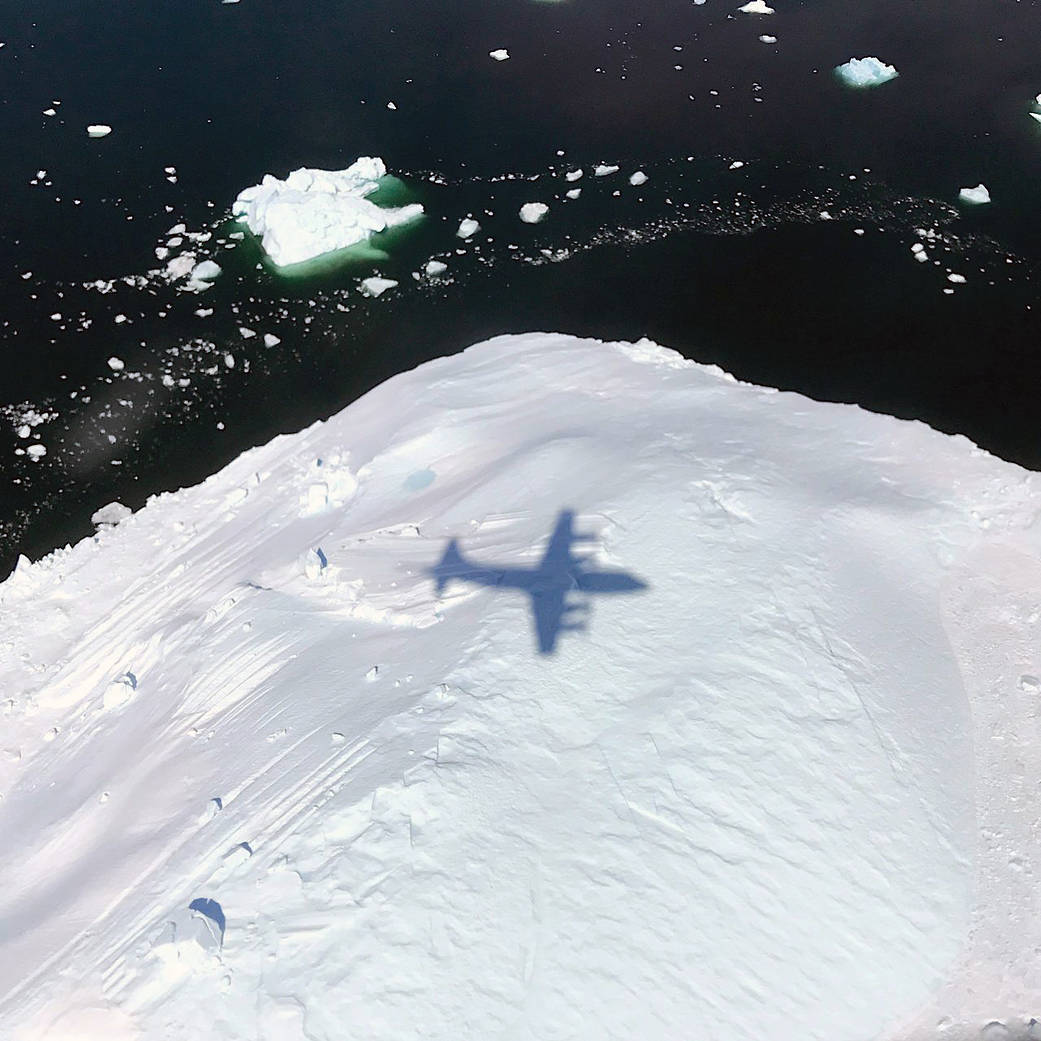I’m not into lost civilizations or sacred geometry, but I am into cometary science and have a few comments on this aspect of the recent Joe Rogan podcast. In a weird inversion, Graham Hancock and Randall Carson were much closer to orthodox science than Marc Defant and Michael Shermer.
Marc Defant told us that “the comet guys are getting hit pretty hard,” but alas, he backed this up with a blatantly wrong description of comet evolution. Comet splitting occurs spontaneously, doesn’t require tidal disruption a la Shoemaker-Levy 9, and has nothing to do with breakup in the terrestrial atmosphere. It can occur anywhere along the orbit and is the dominant mode of comet disintegration. The mass fraction lost in a splitting event is of order s/R, R the radius of the comet in units of 10 km with s generally in the range 0.7 to 1%, depending on the model. The splitting frequency depends on the perihelion distance, and for a comet in an Encke-like orbit it amounts to one such event every 3 or 4 revolutions (orbital period 3.3 years). In the case of a 100 km comet in such an orbit, 15% active surface, fragments amounting to a mass several times 10**17 gm will detach during each splitting event. Hundreds of such events are expected over the lifetime of the comet. The material spreads out along the orbital track, but an encounter with say 10**13 gm of fragments is possible and is energetically equivalent to running through 1000 Tunguska-sized fragments. Long dormant periods are also possible for comet fragments. These can last for up to 40% of the active lifetime of the fragment, during which it looks like an asteroid.
I was glad to see Randall Carson mention Fred Whipple as a pioneer of Taurid/Encke studies, preceding the “British school”. All the cometary astronomers of that generation (Whipple, Sekanina, Kresak, Stohl) realised that the Taurid complex was debris from an exceptional comet, and recent large-scale surveys of the meteor sky (both radar and visual) have confirmed and quantified the work of these early pioneers. These surveys yield direct observational evidence for the hierarchical disintegration of an erstwhile exceptionally large comet in a short-period, low-inclination, Earth-crossing orbit. The celestial mechanics calculations of Steel and Asher provide the timescale: the comet was around and disintegrating at least 20,000 years ago, maybe much longer.
I should mention that, although the “British School” have a substantial literature and about two centuries of combined experience in comets, the above is distilled from a very much wider group of contemporary astronomers in the Americas, Russia, Europe and elsewhere.
Marc and Michael seem to have been misled by unrefereed nonsense from a few people with no expertise or track record in cometary dynamics, and ignorant of its extensive, long-running literature. A little skepticism might have been called for!
A final comment: I agree with Malcolm LeCompte that the issue may not be as simple as a single big impact. But platinum and iridium are created in, and ejected from, supernovae and were present in the protoplanetary disc within which comets formed; these elements are diagnostic of an extraterrestrial input but not particularly of asteroids.
We don’t need a rubble pile asteroid (in any case we’d see the debris and we don’t). A meteor hurricane, with imbedded Tunguskas, may be enough.
Whether we’re dealing with one or two very large impacts, or a bombardment of smaller ones, or nothing at all, is a matter for the Earth scientists. But if the evidence on the ground calls for an ET event 12,900 years ago, the comet guys — the real ones — can supply it.
Best,
Bill Napier


